Gradually shift the entire international flight network from now until 2030
In a report recently sent to the Ministry of Construction , the Civil Aviation Authority of Vietnam assessed: Choosing a plan to divide the exploitation of Tan Son Nhat - Long Thanh International Airport is a complex decision, requiring careful analysis based on many criteria and consensus from state management agencies, airlines and the community. In particular, the infrastructure connecting Long Thanh International Airport with Ho Chi Minh City as well as other localities is a prerequisite to orient and determine the plan to divide the exploitation between the two airports.
On that basis, the Civil Aviation Authority of Vietnam proposed the principles and plans for dividing operations into two phases. Basically, both airports will still maintain their international operations. However, in phase 1 from 2025 to 2030, no new international flights will be licensed, and flights to the Ho Chi Minh City area will be increased by airlines operating for the first time and by airlines operating at Tan Son Nhat International Airport, requiring them to switch to Long Thanh International Airport.
If the Civil Aviation Authority's proposal is approved, Tan Son Nhat may no longer have an international terminal.
PHOTO: NHAT THINH
The expected time for Long Thanh International Airport to officially come into operation is from June 2026 to October 24, 2026, encouraging airlines (especially Vietnamese airlines) to switch their international flights to/from Europe, America and Oceania from Tan Son Nhat Airport to Long Thanh Airport. New international routes and flights with increased frequency to/from Ho Chi Minh City by airlines operating for the first time or by airlines currently operating at Tan Son Nhat; irregular international commercial flights; charter flights serving organizations and individuals will also be transferred to Long Thanh Airport.
Next, from October 25, 2026 to March 27, 2027, Long Thanh Airport will operate additional international flights to/from Africa, the Middle East, South Asia, and Central Asia. Tan Son Nhat Airport will still operate irregular international commercial flights; charter flights serving organizations and individuals.
From March 28 to October 30, 2027, international flights to/from Northeast Asia will continue to be transferred from Tan Son Nhat Airport to Long Thanh Airport. Then, international flights to/from Southeast Asia and other regions will be gradually transferred, except for international flights with a length of less than 1,000 km. By 2030, all international flights and routes, except for short international flights with a distance of less than 1,000 km operated by Vietnamese airlines, will be transferred to Long Thanh Airport.
That means, from October 30, 2027 to the end of 2030, Tan Son Nhat airport will only operate regular international flights under 1,000 km of Vietnamese airlines, meaning passengers from Ho Chi Minh City will only be able to fly to neighboring countries such as Laos, Thailand, and Cambodia.
According to the plan proposed by the Civil Aviation Authority of Vietnam, international flights from Tan Son Nhat Airport to Long Thanh Airport will be gradually withdrawn. After 2030, Tan Son Nhat will only operate domestic flights.
PHOTO: INDEPENDENCE
The Civil Aviation Authority of Vietnam stated that after 2030, when the regional transport infrastructure (roads and railways) is completed, Long Thanh will become a leading aviation hub, integrated with an airport urban area, a free trade zone and a network of highways and metros, similar to the Singapore or Amsterdam (Netherlands) models. Therefore, the Authority proposed that all regular international flights be transferred to Long Thanh International Airport, in order to establish a foundation for the formation of an international transit hub at the same level as the region in the Ho Chi Minh City area. Tan Son Nhat Airport only operates domestic flights and irregular international commercial flights, and charter flights for organizations and individuals.
Difficult for both airlines and passengers
In fact, even if the conversion roadmap of the Civil Aviation Authority of Vietnam is based on the most important feature of connecting traffic, the plan to transfer all international flights to Long Thanh airport will still cause difficulties for both airlines and passengers.
In the "best" scenario that the Vietnam Airports Corporation (ACV) previously proposed, when the connecting expressways are completed and there is a reasonable route planning plan, passengers from the center of Ho Chi Minh City (Ben Thanh Ward, Saigon Ward...) to Long Thanh Airport can take about 40 - 45 minutes under normal conditions, equivalent to the time to Tan Son Nhat Airport during peak traffic hours (can take nearly 1 hour). However, the reality is that no matter how many routes are built, the distance from the center of Ho Chi Minh City to Long Thanh Airport is still about 40 km, 4 - 5 times the distance to Tan Son Nhat (about 8 - 10 km depending on the area). Along with the reduction of the load of Long Thanh Airport when put into operation, a series of inner-city bridge and road projects and urban railways are being implemented, the travel time from the city center to Tan Son Nhat Airport will certainly be greatly reduced. At that time, people in the city who fly short distances to Laos, Thailand, Cambodia... instead of spending only 10-15 minutes taking a taxi to the airport near their home, will have to call a car to travel more than 40 km or change many means of transport (in case there is a railway or metro) to get to the airport in another province. More costs, more time for procedures, waiting, equal to the flight time.
For airlines, foreign aircraft arrive at Vietnam airports and then return home, while each aircraft of Vietnamese airlines is used for both domestic and international flights. Therefore, dividing the fleet of narrow-body aircraft (accounting for about 90% of the total number of aircraft of Vietnamese airlines) for domestic flights at Tan Son Nhat and the fleet of wide-body aircraft for international flights at Long Thanh will be extremely complicated and costly. Not to mention, Long Thanh airport still needs a number of domestic routes to serve a large number of international passengers who need to connect. In particular, the "triangle" of flights Hanoi - Ho Chi Minh City - Da Nang is expected to have a large demand.
Long Thanh Airport is expected to be operational from June 2026, at the same time international flights from Tan Son Nhat will gradually move here.
PHOTO: ACV
In its comments to the Civil Aviation Authority, Vietnam Airlines also stated its view: Simultaneous operation of two airports makes the organization of operations more complicated. The above practical lessons show the irreplaceable importance of airports located near the center in terms of location and convenience, especially for business travelers, high-revenue tourists, and passengers on medium and short-haul flights. For Vietnam, the routes connecting Tan Son Nhat to Southeast Asian countries are mostly business travelers and short-term tourists, and it will be very inconvenient for passengers if the travel time from the airport to the center takes too much. In addition, the ASEAN region has implemented the signing of the Open Sky Agreement, and countries have close diplomatic, trade, and tourism relations, and the frequency of operations of Vietnam Airlines to these countries also accounts for a high proportion.
Fear of great loss for Ho Chi Minh City
The prospect that after 2030, Ho Chi Minh City will no longer have an international airport is a big concern for the city's key economic goals. After the merger, the megacity of Ho Chi Minh City is determined to realize its dream of becoming an international financial center, a maritime center, a logistics hub of the continent, a "magnet" attracting tourism and trade with a free trade zone... Can these "dreams" become reality if international tourists and world investors cannot fly directly to Ho Chi Minh City?
Economic expert Tran Anh Tung (Head of Business Administration, Faculty of Business Administration, University of Economics and Finance, Ho Chi Minh City) affirmed that transferring the entire international flight network to Long Thanh airport will lose its international transit position, and at the same time cause many economic consequences for Ho Chi Minh City in particular and the whole country in general.
The tourism and service industries (hotels, food, retail) will suffer immediate damage. Mr. Tung estimates that each international visitor spends an average of 1,200 - 1,500 USD/flight. If the number of visitors decreases by 10 - 20% due to distance barriers, Ho Chi Minh City could lose hundreds of millions to billions of USD in revenue each year from this economic sector. Strategically, the city's position as a financial and economic center is also seriously affected. International investors and experts appreciate the convenience. The distance of 40 - 50 km from Long Thanh airport to the center of Ho Chi Minh City is a big barrier compared to centers like Bangkok or Singapore, where the airport is located right in the city. This reduces the attractiveness when attracting multinational company headquarters and large-scale events.
From the above analysis, Mr. Tung proposed to retain the international routes in Southeast Asia at Tan Son Nhat, considering this as protecting strategic market share. Routes within ASEAN are the "backbone" of the network of Vietnamese airlines, accounting for a high proportion of operations and revenue. The ASEAN Open Skies Agreement creates conditions for high frequency operations. Moving all these routes to Long Thanh airport risks disrupting operations, increasing operating costs for airlines and reducing attractiveness to customers, thereby possibly being competed by foreign airlines for market share. On the other hand, foreign business travelers, business travelers and short-term tourists (3-4 days) are characterized by limited time and a tight schedule. Having to travel an additional 60-90 minutes from Long Thanh airport to the center of Ho Chi Minh City will significantly reduce trip efficiency and satisfaction. "Keeping short flights at Tan Son Nhat helps maintain time competitiveness compared to other hubs in the region," Mr. Tran Anh Tung emphasized.
Dr. Nguyen Van Dien, Head of the Department of Political Economy, Regional Political Academy II, also agreed that if Tan Son Nhat "let go" of all international flights, it would locally affect budget revenue. However, in the context of the country's recent reorganization of the country to open up a larger development space, it is necessary to put the story of Ho Chi Minh City's development in the entire Southeast region.
According to Mr. Dien, the Southeast region's economy is a major growth pole, requiring a new, wider development space, regardless of which province or city the strategic infrastructure is located in. The principle is to bring airport infrastructure into the low-lying areas to restore and revive according to the TOD development strategy - an orientation that focuses on traffic to create infrastructure, promote services and the economy. Long Thanh Airport will be the driving force for the entire Dong Nai and Binh Duong region (old). Ho Chi Minh City will now become a core development area. For Ho Chi Minh City, the airport is just an infrastructure, a transit point. Even if all international flights are transferred to Long Thanh Airport, Ho Chi Minh City will still maintain its strong attraction thanks to its position as a cultural and political center, a high-quality service center, tourism, resorts and continue to make breakthroughs thanks to high-quality financial services when the financial center, free trade zone, etc. are completed. Diplomatic and investment guests will still transit through Long Thanh Airport to return to Ho Chi Minh City. On the other hand, if Vietnam wants to become an Asian transit center and a world-class logistics hub, it must focus its efforts on a major aviation center, Long Thanh.
Although affirming that this is a long-term strategy for sustainable development, Dr. Nguyen Van Dien noted that the key factor is to have a synchronous infrastructure system, multi-modal connection, corresponding to the planning level and practical needs of the people. When the planning of residential areas and satellite cities is balanced and harmonious, with convenient connections, it is possible to consider a coherent planning of international and domestic airport infrastructure. In the immediate future, it is still necessary to maintain parallel international exploitation at both airports or study international experience to retain some specific flight routes for Tan Son Nhat.
Vietnam Airlines suggested that Long Thanh airport should be allocated to foreign airlines to operate all flights; Vietnamese airlines should operate international flights outside Southeast Asia. At the same time, some other international and domestic flights should continue to be operated according to the airlines' choice on the basis of ensuring connecting flights and aircraft turnaround. At Tan Son Nhat, Vietnamese airlines should operate domestic flights and international flights within Southeast Asia.
The gradual transition (until 2030) will give airlines and tourists time to adapt. The prerequisite is that the transport infrastructure connecting Long Thanh airport with Ho Chi Minh City (such as highways and trains) must be completed before large-scale conversion. Otherwise, the inconvenience will reduce the competitiveness of both Tan Son Nhat and Long Thanh. It is necessary to consider the scenario of slow infrastructure progress. If the roads are sluggish, the increased costs and travel times will push a part of passengers, especially transit/international passengers, to airports in neighboring countries such as Bangkok or Singapore. Airlines may also object due to concerns about reduced passenger numbers.
Economist Tran Anh Tung
Thanhnien.vn
Source: https://thanhnien.vn/sau-2030-tphcm-se-khong-con-san-bay-quoc-te-185250930221311739.htm


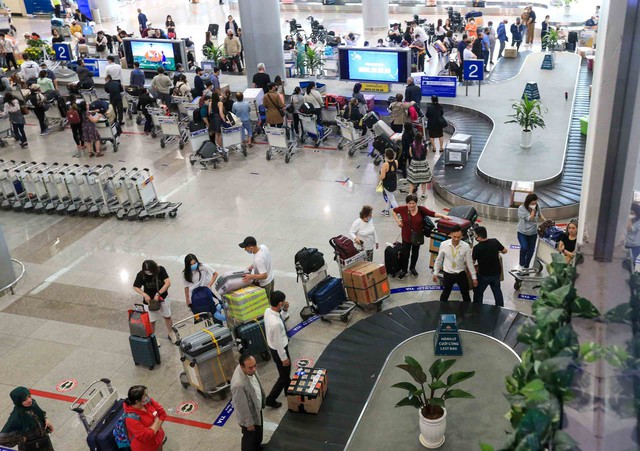
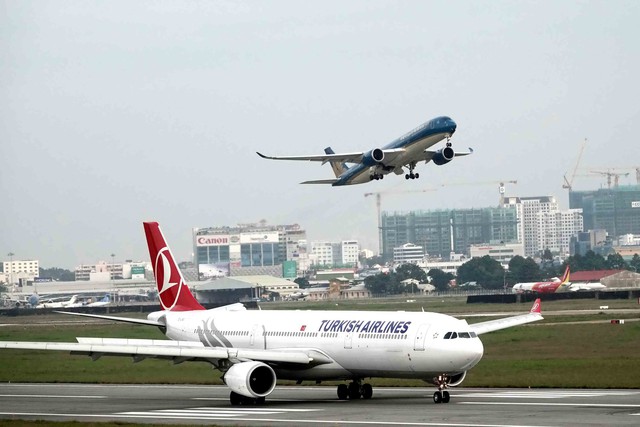
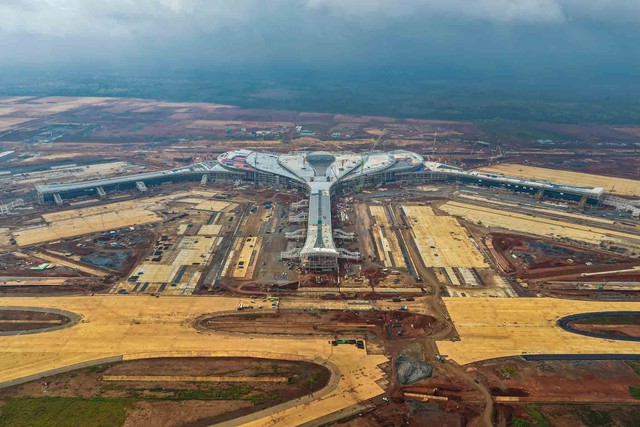
![[Photo] Prime Minister Pham Minh Chinh launched a peak emulation campaign to achieve achievements in celebration of the 14th National Party Congress](https://vphoto.vietnam.vn/thumb/1200x675/vietnam/resource/IMAGE/2025/10/5/8869ec5cdbc740f58fbf2ae73f065076)



![[Photo] Prime Minister Pham Minh Chinh chairs the Government's online conference with localities](https://vphoto.vietnam.vn/thumb/1200x675/vietnam/resource/IMAGE/2025/10/5/264793cfb4404c63a701d235ff43e1bd)

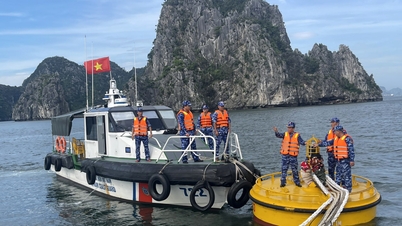

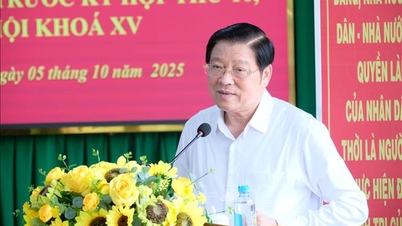
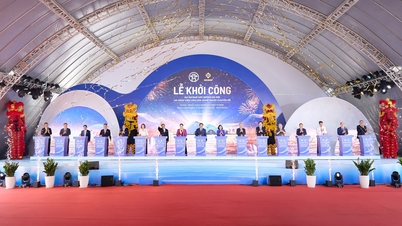
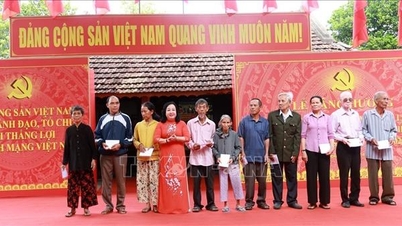

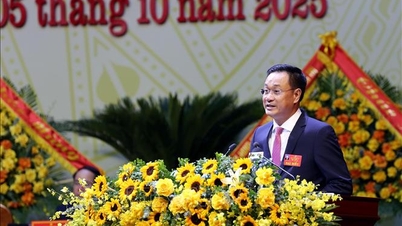




































![[VIDEO] Summary of Petrovietnam's 50th Anniversary Ceremony](https://vphoto.vietnam.vn/thumb/402x226/vietnam/resource/IMAGE/2025/10/4/abe133bdb8114793a16d4fe3e5bd0f12)

![[VIDEO] GENERAL SECRETARY TO LAM AWARDS PETROVIETNAM 8 GOLDEN WORDS: "PIONEER - EXCELLENT - SUSTAINABLE - GLOBAL"](https://vphoto.vietnam.vn/thumb/402x226/vietnam/resource/IMAGE/2025/7/23/c2fdb48863e846cfa9fb8e6ea9cf44e7)




















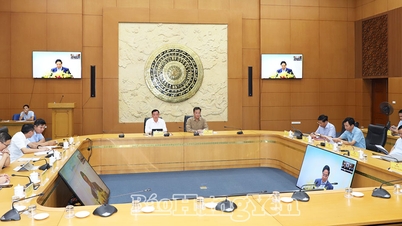













Comment (0)